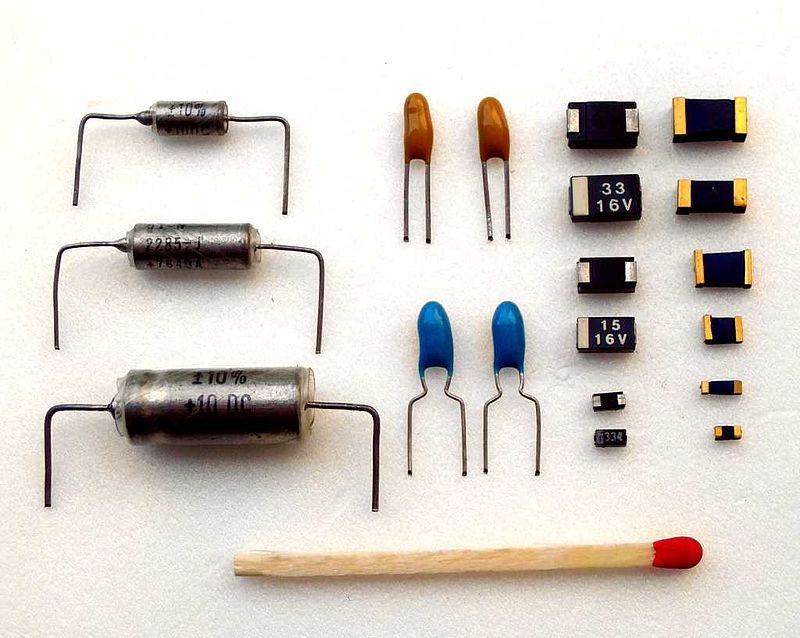
-Tantalum is a chemical element with symbol Ta and atomic number 73.
-Tantalum is part of the refractory metals group, which are widely used as minor components in alloys.
- Tantalum is dark (blue-gray),dense, ductile, very hard, easily fabricated, and highly conductive of heat and electricity.
- Tantalum is a shiny, silvery metal which is soft when is pure.
- Tantalum is almost immune to chemical attack at temperatures below 150 C.
- Tantalum is virtually resistant to corrosion due to an oxide film on its surface.
- Tantalum finds use in four areas: high-temperature applications, such as aircraft engines; electrical devices, such as capacitors; sirurgical impants and handling corrosive chemicals.
- Because tantalum oxide is very insoluble, there is almost no tantalum to be found in natural waters.
- Tantalum has no known biological role. It is non-toxic.
- Tantalum has a melting point exceeded only by tungsten and rhenium.
Posted by Direniş ÇAYLI on December 19, 2016
Comments
Post a Comment